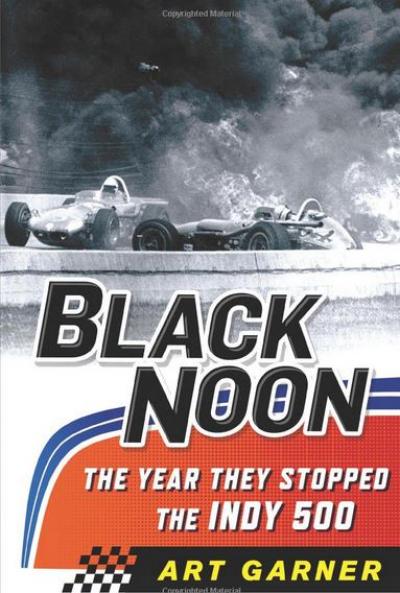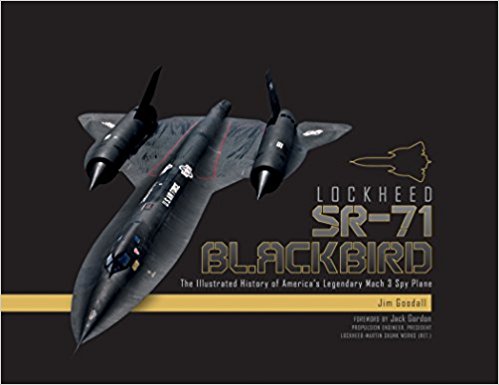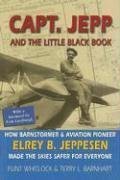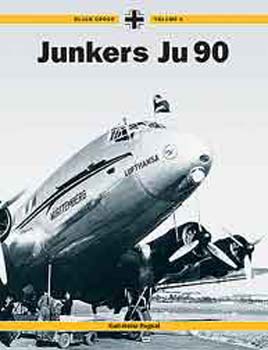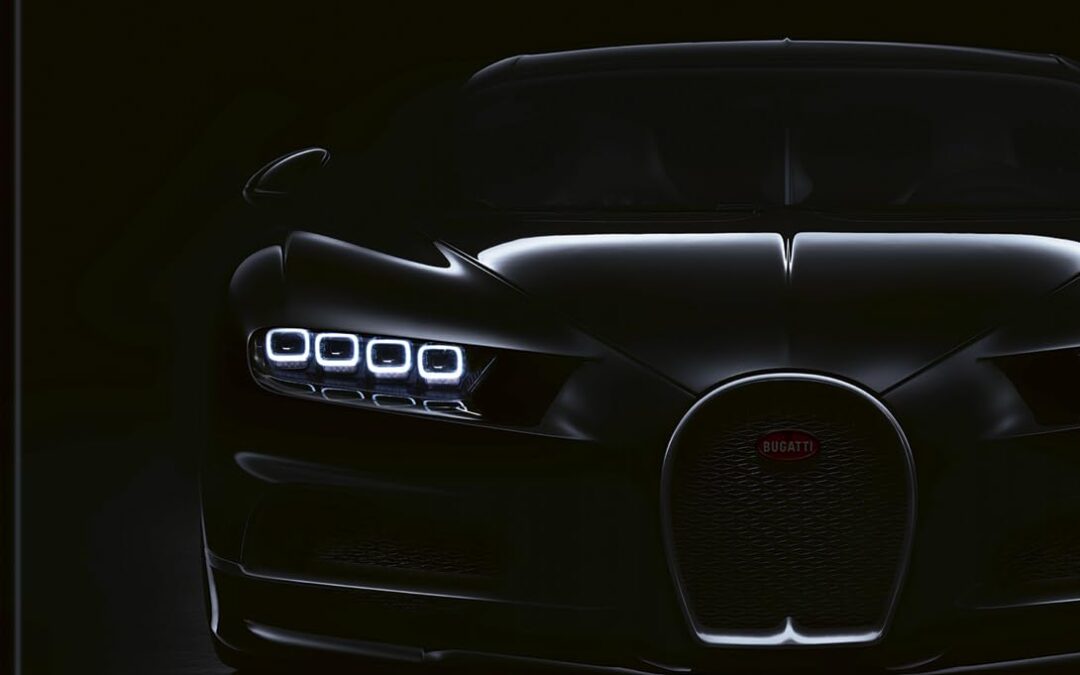
Black Beauties: Iconic Cars
• Star photographer René Staud provides the ultimate proof: Black is beautiful
• From the legendary Alfa Romeo 8C from the 1930s, to the Bugatti Veyron Grand Sport Vitesse, the fastest open-top series sports car
• With exciting texts by Jürgen Lewandowski and contributions by Andrea Zagato (CEO Zagato), the head of design at Mercedes, Gorden Wagener and design critic Stephen Bayley
René Staud, the grand master of automobile photography, has published a new illustrated book. In his coffee-table book Black Beauties, the automotive photographer devotes himself entirely to the color black. In this extraordinarily book, Staud takes car lovers on a journey through time and presents the top models of the world’s greatest sports car brands. From the legendary Alfa Romeo 8C from the 1930s, to the declared goddess Citroën DS, to the fastest open-top series sports car, the Bugatti Veyron Grand Sport Vitesse, the star photographer demonstrates the aesthetics that the color black lends a car. Staud’s photographs are characterized by his trademark striking style and uniquely showcase the classic elegance and sporting potency of the vehicles. But this impressive coffee table book does not only inspire with its great photos. The texts are by Jürgen Lewandowski, a luminary in automotive journalism and author of over 90 books on the subject. In addition, comments by Andrea Zagato (CEO Zagato), Gorden Wagener (head of design Mercedes) and Stephen Bayley (journalist and design critic) are included to provide the reader with specific insider knowledge from the industry. Text in English and German.

